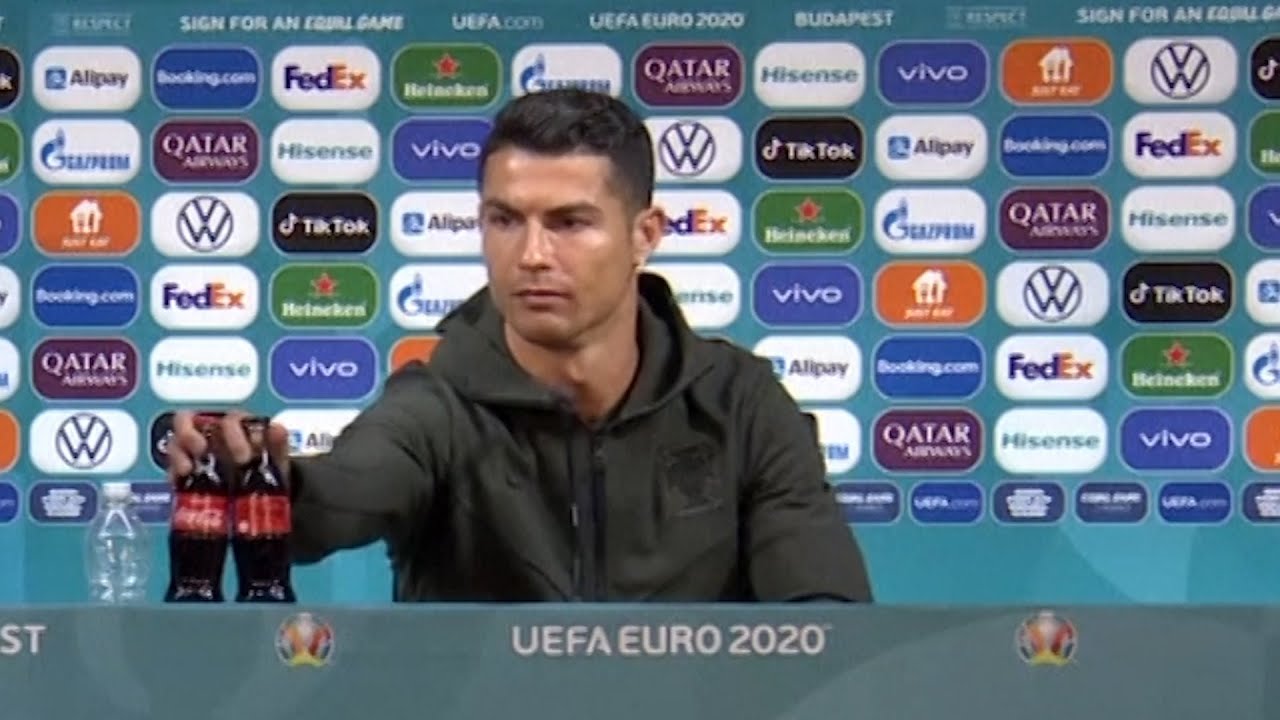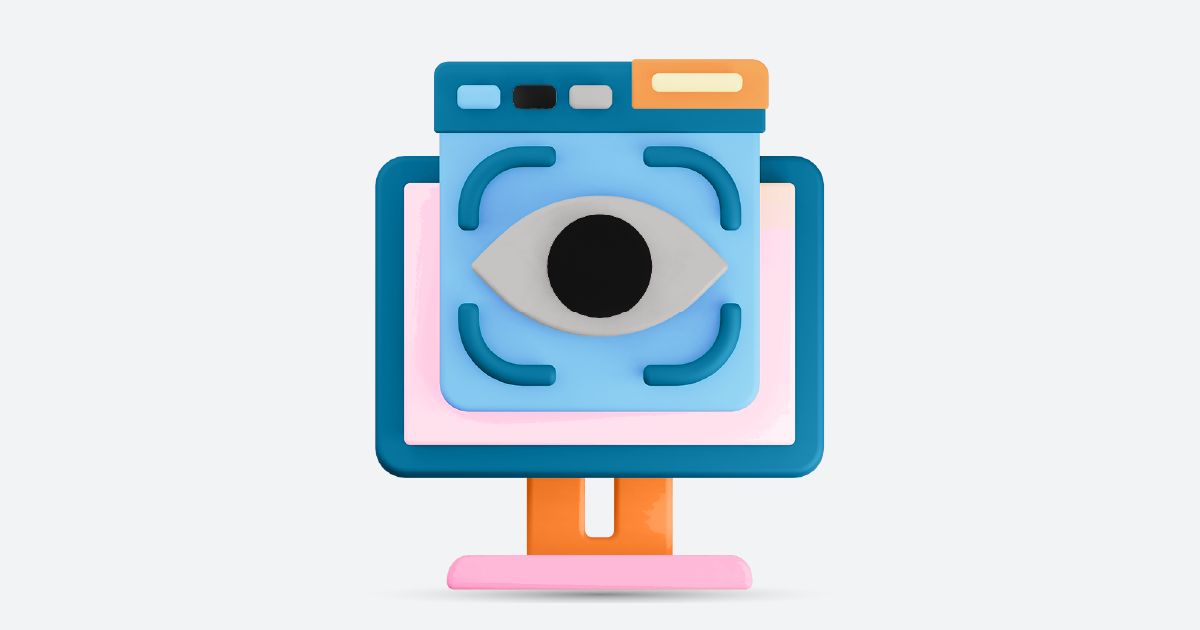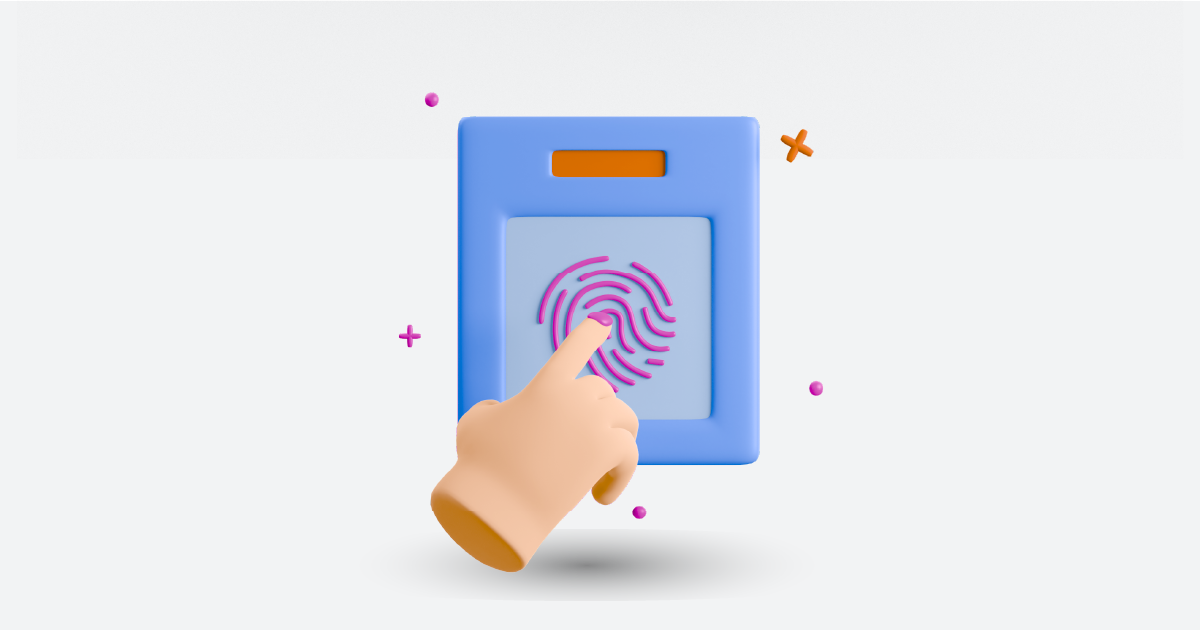In today’s digital age, social listening has become an essential aspect of a successful marketing strategy. Businesses are increasingly relying on social media platforms to monitor brand mentions, customer feedback, and industry trends. While text-based mentions have traditionally been the focus of social listening, the rise of visual content has added a new dimension to this practice. Visual mentions, such as images and videos, offer valuable insights that text alone cannot provide. This article explores the concept of visual mentions in social listening, their importance, impact, and strategies for leveraging them effectively.
What are Visual Mentions?
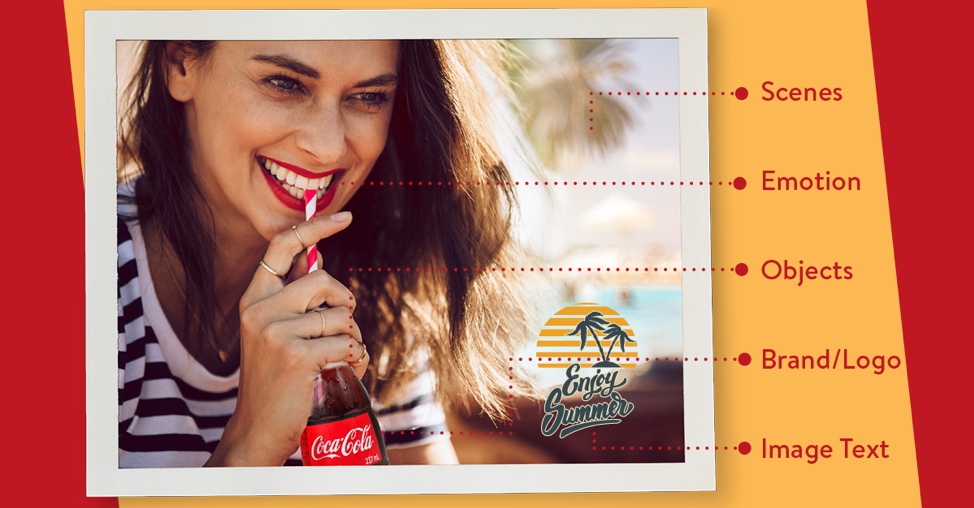
Visual mentions refer to any form of visual content shared by users on social media platforms that involve or relate to a brand, product, or topic of interest. These visual mentions can include images, infographics, memes, videos, and more. With the increasing popularity of visual-based platforms like Instagram, Snapchat, and TikTok, visual listening has become a rich source of user-generated content and insights.
Importance of Visual Mentions
Visual mentions hold immense importance for brands and marketers. They offer a deeper understanding of consumer sentiment, preferences, and behaviors. Visual content has the power to evoke emotions, convey brand experiences, and engage audiences in ways that text alone cannot achieve. By incorporating visual mentions into social listening efforts, businesses can gain valuable insights into customer experiences, product usage, and overall brand perception.
How Visual Mentions Impact Social Media Listening
The inclusion of visual mentions in social listening expands the scope and depth of analysis. By analyzing visual content, businesses can uncover visual trends, identify influencers, and discover user-generated content that showcases their brand. This rich visual data provides a more holistic view of consumer conversations and sentiments. Additionally, visual mentions enable businesses to identify emerging visual themes and leverage them for marketing campaigns and product development.
Tools for Monitoring Visual Mentions
Several tools are available to monitor and analyze visual mentions across various social media platforms. These tools use advanced image recognition and machine learning algorithms to identify, categorize, and track visual mentions associated with a brand. Some popular tools include Brandwatch, AIM Insights, Meltwater, and Mention. These tools provide real-time monitoring, sentiment analysis, and comprehensive reporting features to help businesses make data-driven decisions.
Strategies for Utilizing Visual Listening
To harness the power of visual listening, businesses need to develop effective strategies. Firstly, they should actively encourage users to generate visual content related to their brand through contests, campaigns, or user-generated content initiatives. Secondly, businesses can leverage influencers and brand advocates to create and share visual mentions, amplifying their reach and impact. Lastly, by engaging with users who create visual listening, businesses can foster brand loyalty and build a strong community.
Case Studies: Successful Visual Mention Campaigns
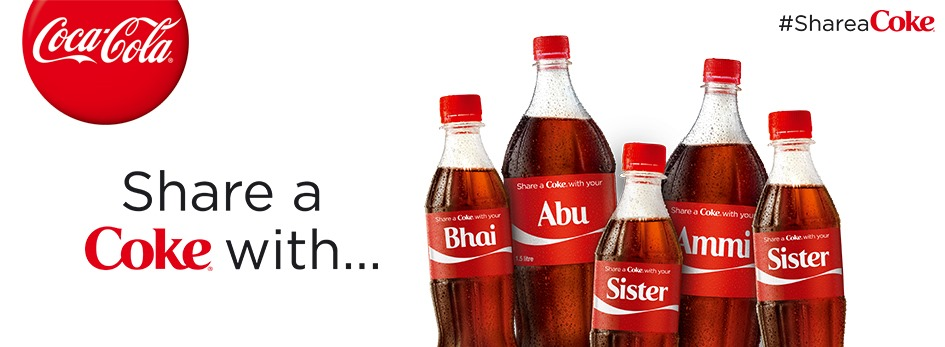
Numerous brands have successfully utilized visual mentions to enhance their social listening efforts and marketing campaigns. One notable example is Coca-Cola’s “Share a Coke” campaign, where personalized bottles featuring consumers’ names were widely shared on social media platforms. The campaign generated massive user-generated visual content, increasing brand visibility and consumer engagement. Another example is Airbnb’s “Live There” campaign, which encouraged users to share unique travel experiences through visual content, resulting in a vast collection of visually compelling user-generated content.
Challenges in Analyzing Visual Listening
While visual listening offers valuable insights, they also present unique challenges in analysis. Analyzing visual content at scale can be complex and time-consuming. The diversity of visual formats and the need for context in interpretation make automated analysis less accurate. Additionally, businesses need to ensure compliance with copyright regulations when utilizing user-generated visual content. Overcoming these challenges requires a combination of advanced technology, human expertise, and careful moderation.
Best Practices for Incorporating Visual Mentions in Social Listening
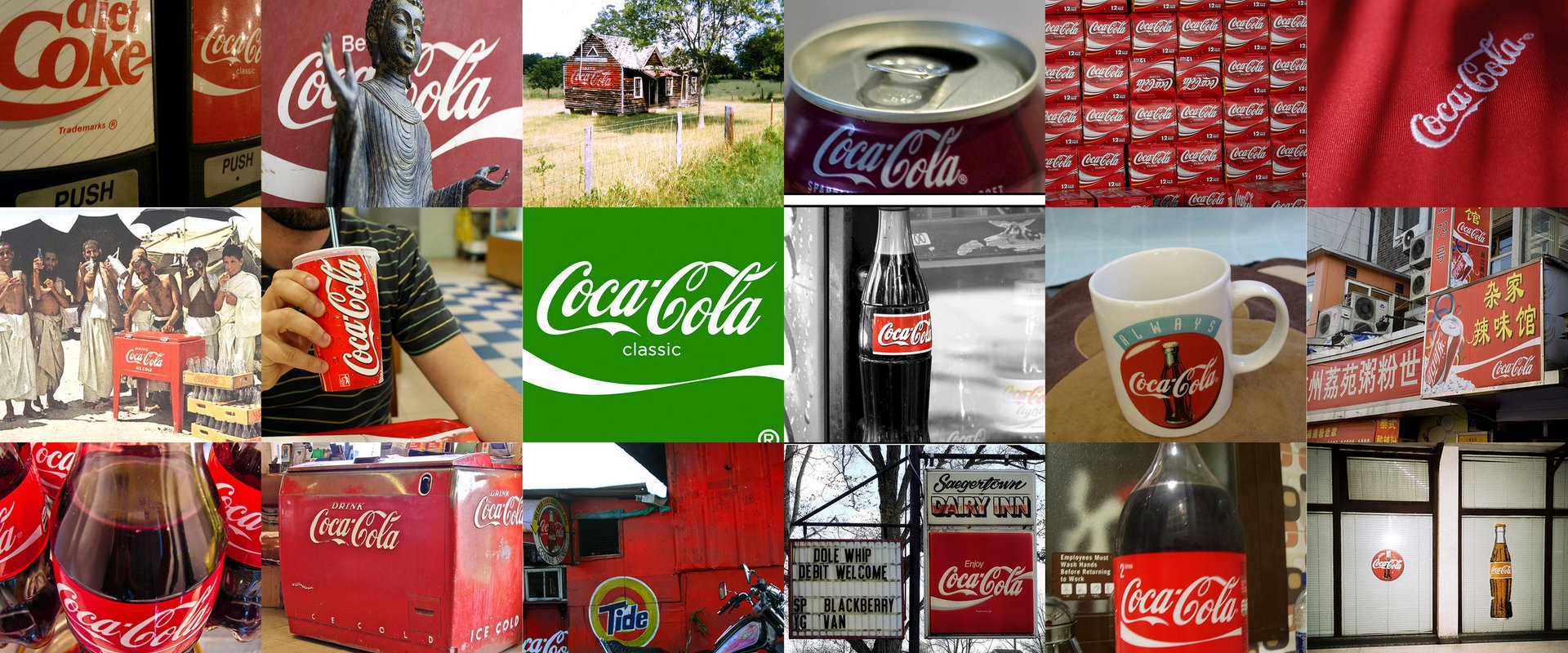
To effectively incorporate visual mentions into social listening, businesses should follow best practices. Firstly, they should establish clear goals and objectives for visual mention analysis to align with overall marketing strategies. Secondly, businesses should invest in reliable tools and technologies capable of accurately analyzing visual content. Thirdly, it is crucial to maintain a strong brand presence on visual-based platforms and encourage user-generated visual content. Lastly, businesses should actively engage with users who create visual listening, fostering a sense of community and loyalty.
Future Trends in Visual Listening
As technology continues to evolve, visual listening is expected to play an even more significant role in social listening. Advancements in image recognition, artificial intelligence, and augmented reality will further enhance the analysis and utilization of visual content. Additionally, the integration of visual mentions with emerging platforms and technologies will open up new opportunities for brands to engage with their audience in innovative ways.
Case Studies: Record-Breaking Visual Mention Campaigns
Case Study 1: Nike’s “Just Do It” 30th Anniversary Campaign
Nike’s Just Do It campaign featuring former NFL player Colin Kaepernick generated a massive wave of visual mentions. The campaign, which emphasized social justice themes, saw a surge of user-generated content with consumers sharing images and videos of themselves wearing Nike products in support or protest. Within 24 hours, the campaign generated over 5 million visual mentions across Instagram and Twitter, proving the power of visual content in social listening.
Case Study 2: Starbucks’ #RedCupContest
Starbucks’ annual #RedCupContest is a prime example of how a brand can leverage user-generated content for engagement. Starbucks encouraged customers to share creative images of their holiday-themed red cups on Instagram, promising prizes for the best entries. The campaign received over 40,000 visual mentions in its first year, turning a simple coffee cup into a viral marketing asset.
Case Study 3: GoPro’s User-Generated Visual Listening
GoPro has built its marketing strategy around visual mentions by encouraging users to share their adventure videos captured with GoPro cameras. Their GoPro Awards initiative incentivizes customers to submit high-quality footage, which GoPro then repurposes in its marketing campaigns. This strategy has resulted in millions of organic visual mentions, turning customers into brand ambassadors.
Influencer Quotes & Tweets
To emphasize the impact of visual listening, here are some insights from top marketing and social media influencers:
🗣 Gary Vaynerchuk (@garyvee) “Content is king, but context is god. Visual mentions provide the context that brands need to truly understand their audience.”
🗣 Neil Patel (@neilpatel) “If your brand isn’t tracking visual mentions, you’re missing half the conversation happening about your business.”
🗣 Ann Handley (@annhandley) “A single image can tell a story that 1,000 words can’t. Brands need to listen not just to words but to pictures too.”
🗣 Rand Fishkin (@randfish) “People trust visuals more than text. When customers share images of your brand, that’s free, authentic marketing at its best.”
Conclusion
In conclusion, visual mentions have revolutionized the landscape of social listening. The inclusion of visual content in social media monitoring provides businesses with a comprehensive understanding of consumer sentiment, preferences, and behaviors. By analyzing visual mentions, brands can tap into the power of user-generated content, leverage visual trends, and create engaging marketing campaigns. However, it is important to overcome the challenges associated with analyzing visual content and ensure compliance with copyright regulations.
As technology advances, visual listening will continue to play a vital role in social listening. The integration of advanced image recognition, artificial intelligence, and augmented reality will enable more accurate and efficient analysis of visual content. Businesses should stay updated on the latest trends and embrace emerging platforms to maximize the potential of visual listening for their marketing strategies.
To harness the power of visual listening and take your social listening efforts to the next level, request a demo from AIM Technologies. Our cutting-edge platform combines advanced image recognition technology with robust analytics to help you uncover valuable insights from visual mentions. Don’t miss out on the opportunity to gain a competitive edge in your industry.
FAQs
1: How can visual listening enhance social listening efforts?
- Visual listening provides valuable insights beyond text-based mentions, allowing businesses to understand consumer sentiment, brand perception, and emerging visual trends. They add a layer of depth to social listening analysis and enable businesses to create more engaging marketing campaigns.
2: Are visual listening more impactful than text-based mentions?
- Visual listening has the potential to be more impactful as they evoke emotions, conveys experiences, and engages audiences in a way that text alone cannot achieve. However, the impact may vary depending on the context and target audience.
3: What are some popular tools for monitoring visual listening?
- Popular tools for monitoring visual listening include Brandwatch, AIM Insights, Meltwater, and Mention. These tools use advanced technologies such as image recognition and machine learning to track and analyze visual content across social media platforms.
4: How can businesses leverage visual mentions for marketing purposes?
- Businesses can leverage visual listening by encouraging user-generated content, collaborating with influencers, and incorporating visual content in marketing campaigns. Visual listening help create a more authentic and engaging brand experience for consumers.
5: What are the challenges associated with analyzing visual listening?
- Analyzing visual listening at scale can be complex and time-consuming. The diversity of visual formats and the need for context in interpretation make automated analysis less accurate. Additionally, ensuring compliance with copyright regulations when using user-generated visual content poses a challenge that businesses need to address.
